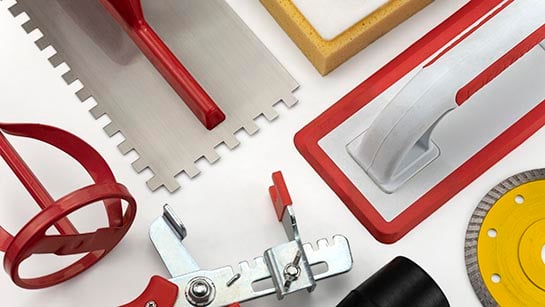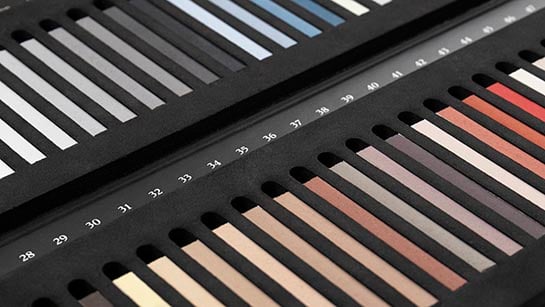- MenuBack
-
TILES
- Links of interest
- OTHER CATEGORIES
- Link of Liquidation
- MenuBack
-
OTHER MATERIAL
- MenuBack
-
Installation and maintenance
- MenuBack
- Recommendations
- MenuBack
- PROFESSIONALS
- MenuBack
- Contact
- MenuBack
-
SOCIAL MEDIA
- SOCIAL MEDIA
- MenuBack
-
TILES
- Links of interest
- OTHER CATEGORIES
- Link of Liquidation
- MenuBack
-
OTHER MATERIAL
- MenuBack
-
Installation and maintenance
- MenuBack
- Recommendations
- MenuBack
- PROFESSIONALS
- MenuBack
- Contact
- MenuBack
-
SOCIAL MEDIA
- SOCIAL MEDIA
Anti-slip classes refer to the ability of a ceramic tile to provide good traction and reduce the risk of slips and falls, especially in wet or slippery areas.
These levels are classified into four categories:
No R or Class 0: These are mostly applied as wall cladding tiles. They are the least commonly used in flooring.

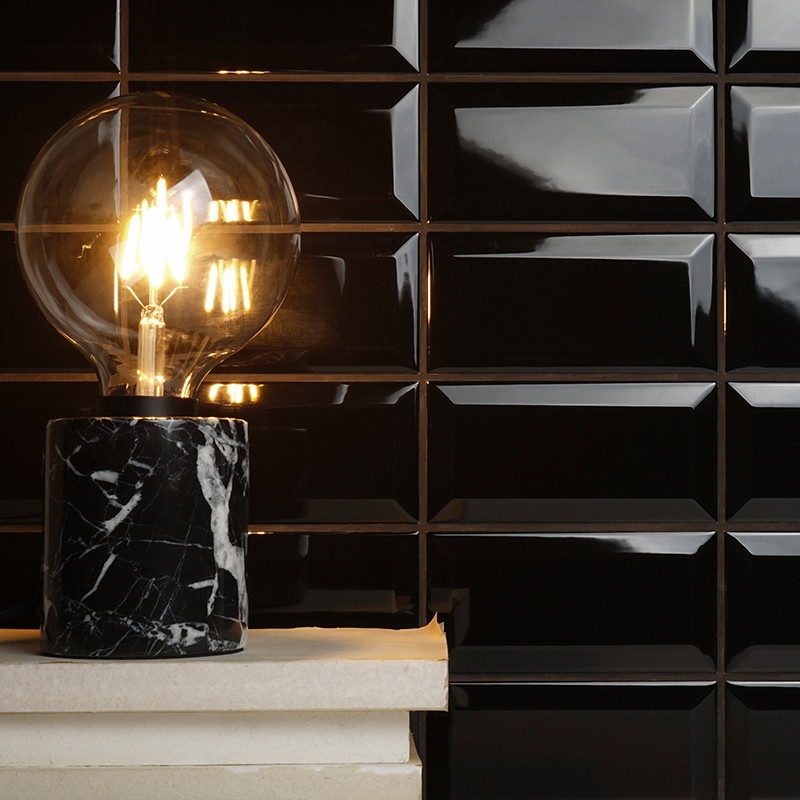

R9 or Class 1: Used in areas where the risk of slips and falls is low. They are usually tiles with a smooth, flat surface, suitable for dry, low-traffic areas such as the bedroom of a house, hallways, waiting rooms... i.e. flat surfaces.

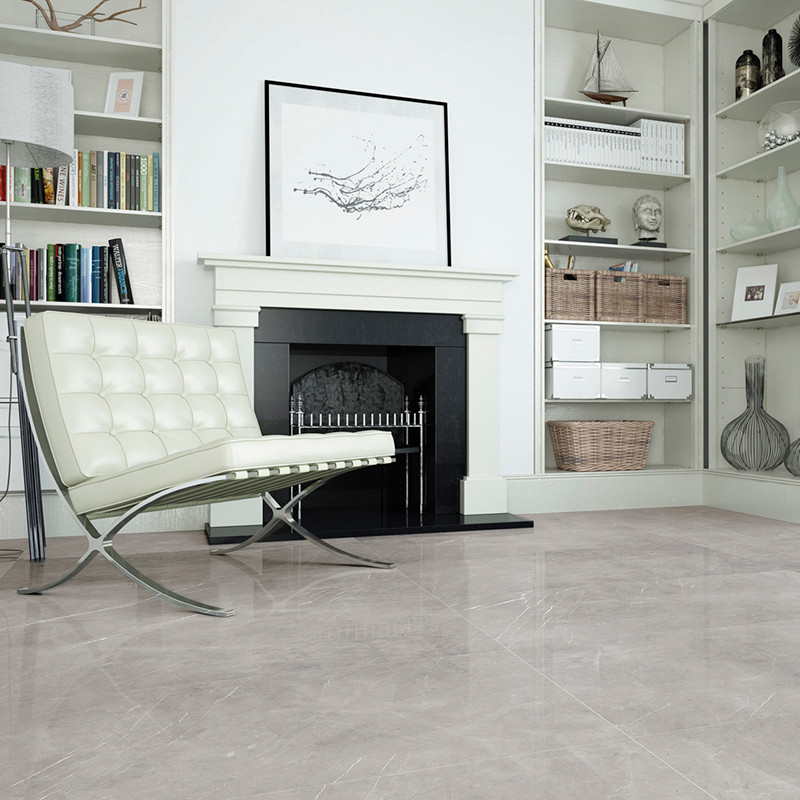
R10 or Class 2: Used in spaces where the risk of slips and falls is moderate. They are usually tiles with a textured or slightly rough surface, so they are suitable for areas with occasional moisture such as wet areas of a house, kitchens and bathrooms. They are also suitable for sloping surfaces or stairs.


R 11 or Class 3: These are found in areas where the risk of slips and falls is high. They are usually tiles with a textured or rough surface, suitable for very wet areas such as showers, swimming pools or exteriors that may be affected by rain or snow.
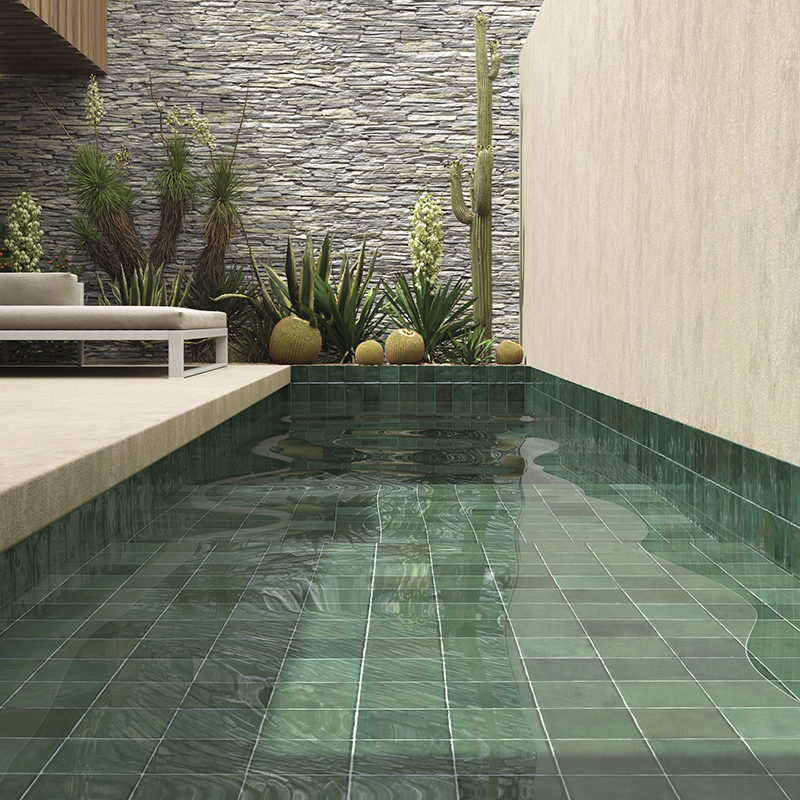

Related posts
 24/02/2023FRESH STYLE IN INTERIORS: VITALITY AND LIGHTNESS24/02/2023> Read more
24/02/2023FRESH STYLE IN INTERIORS: VITALITY AND LIGHTNESS24/02/2023> Read more 12/05/2023SMALL TILE LAYOUT PATTERNS TRENDS FOR 2023> Read morePosted in: Installation12/05/2023
12/05/2023SMALL TILE LAYOUT PATTERNS TRENDS FOR 2023> Read morePosted in: Installation12/05/2023 15/05/2023THE IMPORTANCE OF GROUT IN TILE INSTALLATION> Read morePosted in: Installation15/05/2023
15/05/2023THE IMPORTANCE OF GROUT IN TILE INSTALLATION> Read morePosted in: Installation15/05/2023 24/05/2023WHY ORDER 15% MORE CERAMIC MATERIAL?24/05/2023> Read more
24/05/2023WHY ORDER 15% MORE CERAMIC MATERIAL?24/05/2023> Read more

































